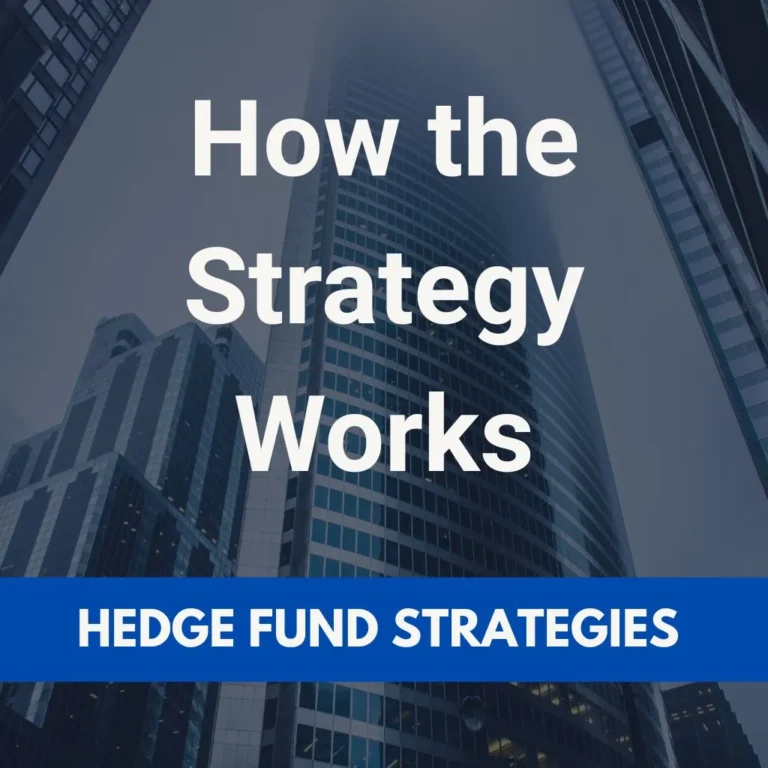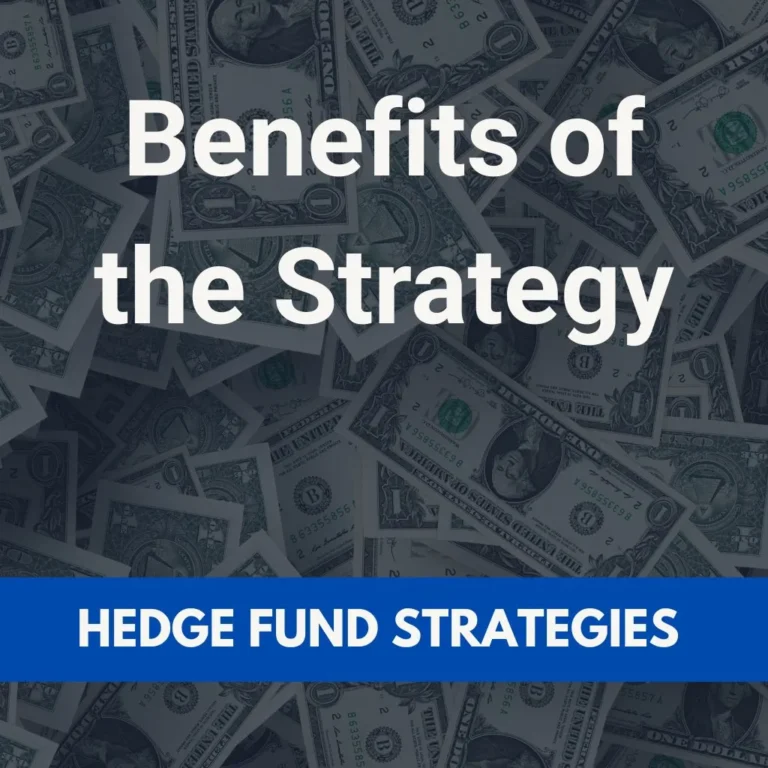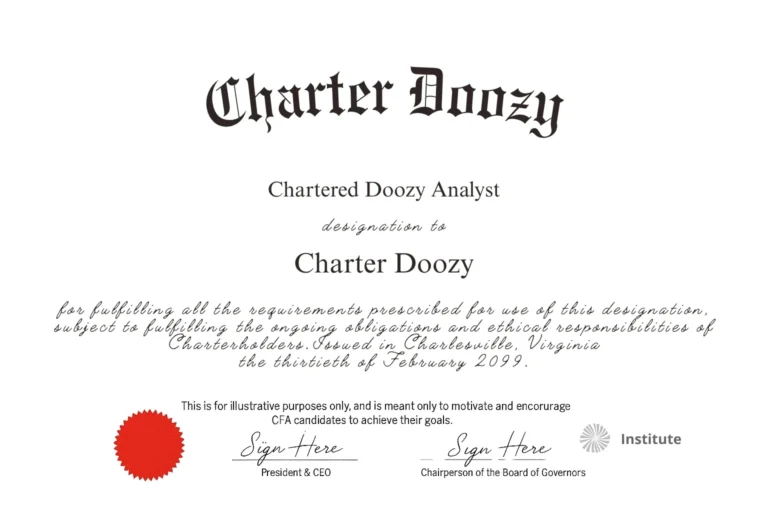Understanding the Strategy
Fixed-Income Arbitrage is a sophisticated hedge fund strategy that seeks to exploit pricing inefficiencies between closely related fixed-income securities.
The fundamental idea behind the strategy is to identify small discrepancies in the relative value of bonds, interest rate derivatives, or other debt instruments, and then take offsetting long and short positions to profit from these anomalies.
Crucially, this approach is designed to be market-neutral, meaning it attempts to isolate and profit from mispricings while minimizing exposure to directional movements in interest rates.
At its core, Fixed-Income Arbitrage rests on the belief that market forces will eventually correct pricing anomalies. When two securities are misaligned in value—perhaps due to liquidity differences, structural dislocations, or temporary demand-supply imbalances… arbitrageurs can position themselves to profit when prices revert to their expected relationship.
This convergence-focused methodology can generate consistent, modest returns, especially when implemented with sophisticated risk management tools and judicious leverage.

How Fixed-Income Arbitrage Works
In practice, fixed-income arbitrage involves constructing trades that are long one security and short another, with the two positions designed to hedge out most of the market risk.
Managers typically hedge against movements in interest rates, changes in the shape of the yield curve, or shifts in credit spreads.
To achieve these neutral exposures, portfolio managers may use a mix of cash instruments and derivatives such as interest rate swaps, futures, or options.
One popular sub-strategy is swap spread arbitrage, where a manager might go long a government bond (such as a 10-year U.S. Treasury) and simultaneously short an interest rate swap of the same maturity. The goal is to capture the spread between the two instruments, based on the assumption that it will mean-revert over time.
Another common tactic is yield curve arbitrage. This involves taking long and short positions across different points on the yield curve (say, long on the 2-year and 10-year bonds, and short on the 5-year bond) to profit from changes in the curvature or steepness of the curve.
This approach requires precise modeling of how yield relationships shift under various economic conditions.
Mortgage-backed securities (MBS) arbitrage is also widely used, particularly by funds specializing in structured credit.
In this case, a manager might go long an agency-backed MBS while shorting Treasury futures to hedge out duration risk, aiming to profit from the spread between the mortgage yield and the risk-free rate.
Interested in Learning About Other Hedge Fund Strategies?
Example Trades in Action
To better understand how fixed-income arbitrage works in real life, consider the swap spread arbitrage strategy.
Suppose the spread between a 10-year Treasury bond and a 10-year interest rate swap is unusually wide, suggesting the swap is undervalued.
A hedge fund might buy the Treasury bond and enter into a pay-fixed, receive-floating interest rate swap. If the spread narrows as expected, the trade produces a gain regardless of whether overall interest rates rise or fall.
Alternatively, in a yield curve arbitrage trade, if the manager believes the curve will steepen, they might short the 5-year bond and go long the 2-year and 10-year bonds. If the 5-year underperforms the wings of the curve, the position generates a profit.
These strategies are usually held until the pricing discrepancy narrows or disappears.

The Benefits of the Strategy
Fixed-Income Arbitrage has several attractive qualities for both hedge fund managers and investors. The market-neutral construction makes it less sensitive to broad market moves, which is particularly valuable in volatile or uncertain macroeconomic environments.
When executed well, it can deliver consistent returns with relatively low volatility. This makes it an appealing diversifier in a portfolio dominated by equities or traditional long-only bond exposure.
Additionally, the strategy is backed by quantitative modeling and deep market microstructure insights. Managers who excel at fixed-income arbitrage are typically well-versed in interest rate dynamics, term structure theories, and the mechanics of bond pricing.
Their skill lies in designing precise trades that capture small but repeatable mispricings in the fixed-income markets.

The Risks CFA Candidates Should Understand
Despite its appeal, Fixed-Income Arbitrage is far from risk-free.
The strategy typically relies on leverage to amplify small pricing inefficiencies into meaningful profits. This leverage can magnify losses just as easily as it can enhance gains.
History has shown that even market-neutral strategies can suffer dramatically during periods of financial crisis, when correlations break down, liquidity evaporates, and spreads behave unpredictably.
Model risk is another concern. These trades are often based on complex mathematical models that make assumptions about volatility, correlation, and mean-reversion. If those assumptions are wrong (or if the market behaves irrationally) then the models can lead to poor decisions and unexpected losses.
Liquidity risk is also prominent. In times of stress, fixed-income markets can become illiquid, making it difficult to unwind positions at favorable prices.
Moreover, central bank policy changes or unexpected shifts in macroeconomic data can quickly alter the risk profile of otherwise balanced trades.
Final Thoughts
Fixed-Income Arbitrage stands out as a highly technical and nuanced hedge fund strategy that leverages inefficiencies in the bond markets to deliver steady, risk-adjusted returns.
For CFA candidates seeking to deepen their understanding of hedge fund strategies, this approach is an excellent case study in the intersection of financial theory, quantitative modeling, and real-world market behavior.
Understanding the mechanics and risks of fixed-income arbitrage not only sharpens your grasp of fixed-income concepts, but also broadens your perspective on how sophisticated managers pursue alpha in today’s global markets.

